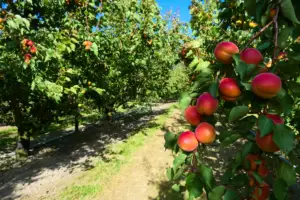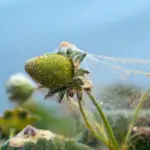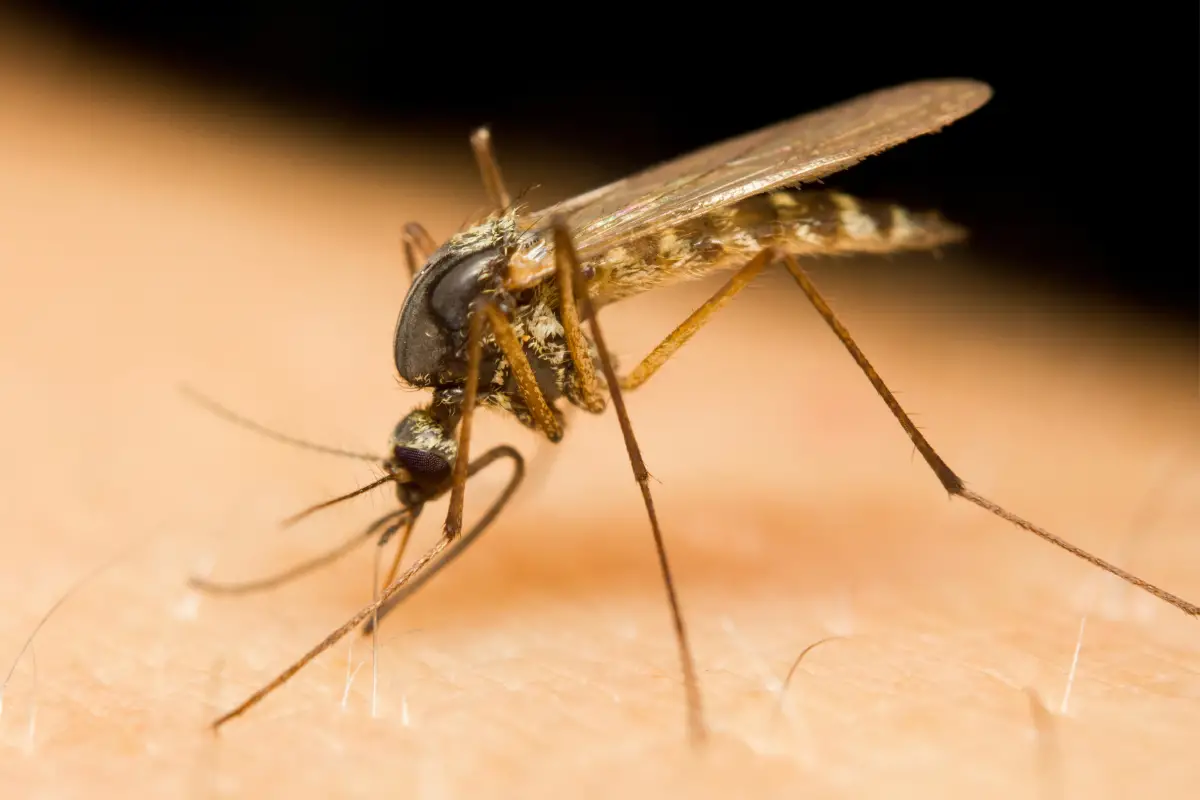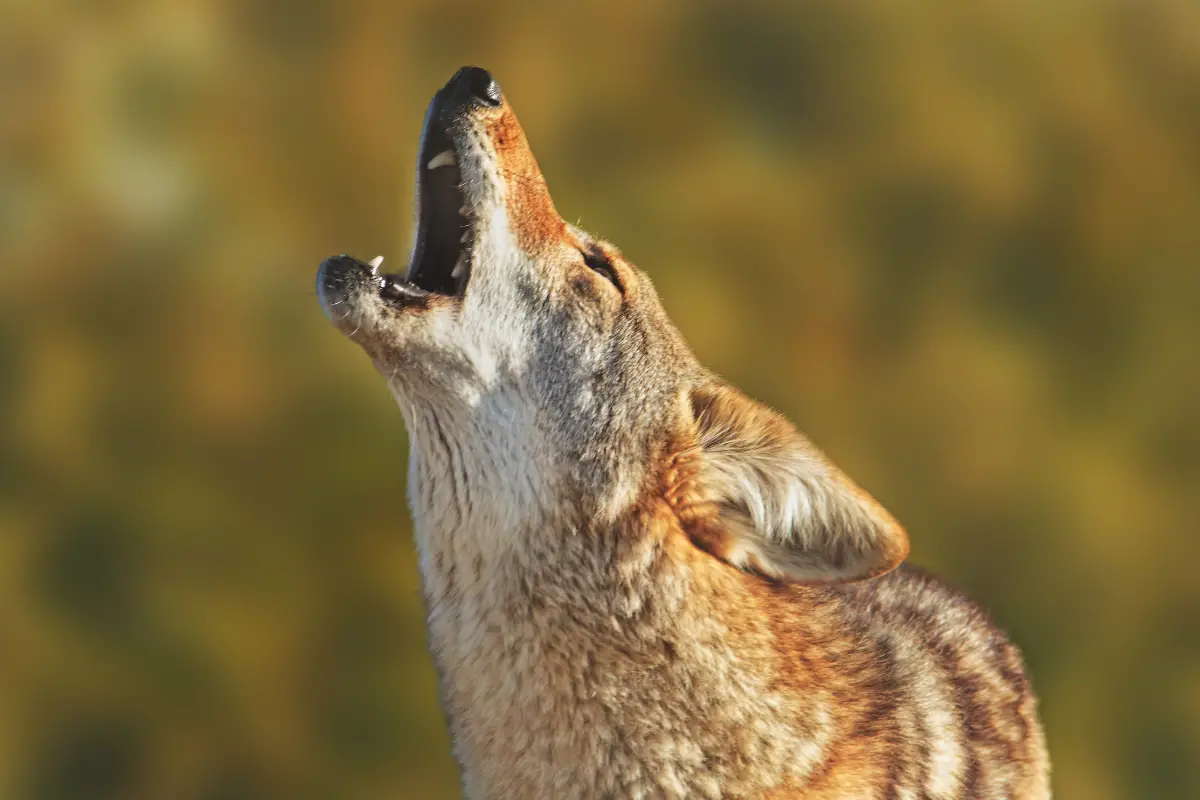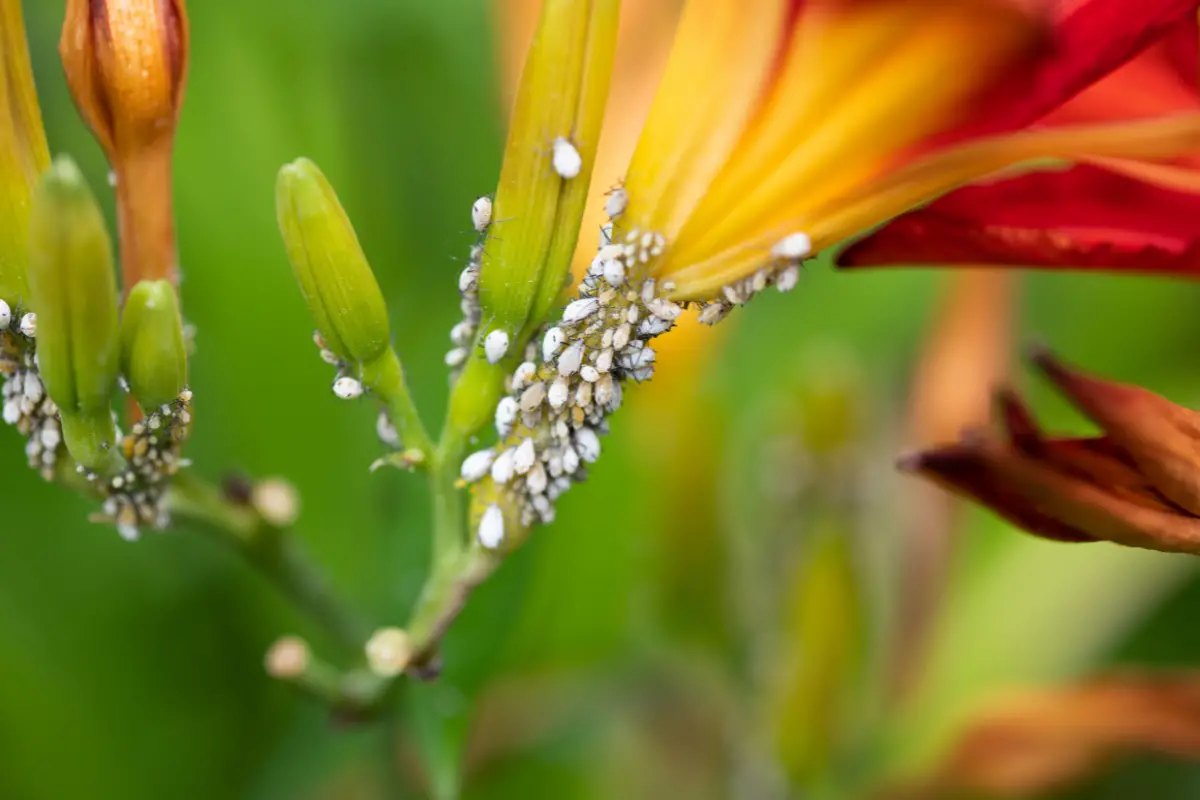Butterflies are fascinating creatures that are known for their beautiful wings and graceful flight.
However, there are some questions about these insects that may not be so well-known. One such question is whether or not butterflies pee.
Interestingly, the answer is not a straightforward yes or no. While butterflies do not have the organs necessary to produce urine, they do have the ability to release excess fluid from their bodies.
This fluid is not urine, but rather a fine spray of liquid that is emitted from a small hole underneath their abdomen.
So, if butterflies don’t pee, how do they get rid of excess fluids in their bodies? This is just one of the many questions that scientists have been studying about these creatures.
By exploring the physiology of butterflies and their unique adaptations, researchers hope to gain a better understanding of these fascinating insects and the role they play in the ecosystem.
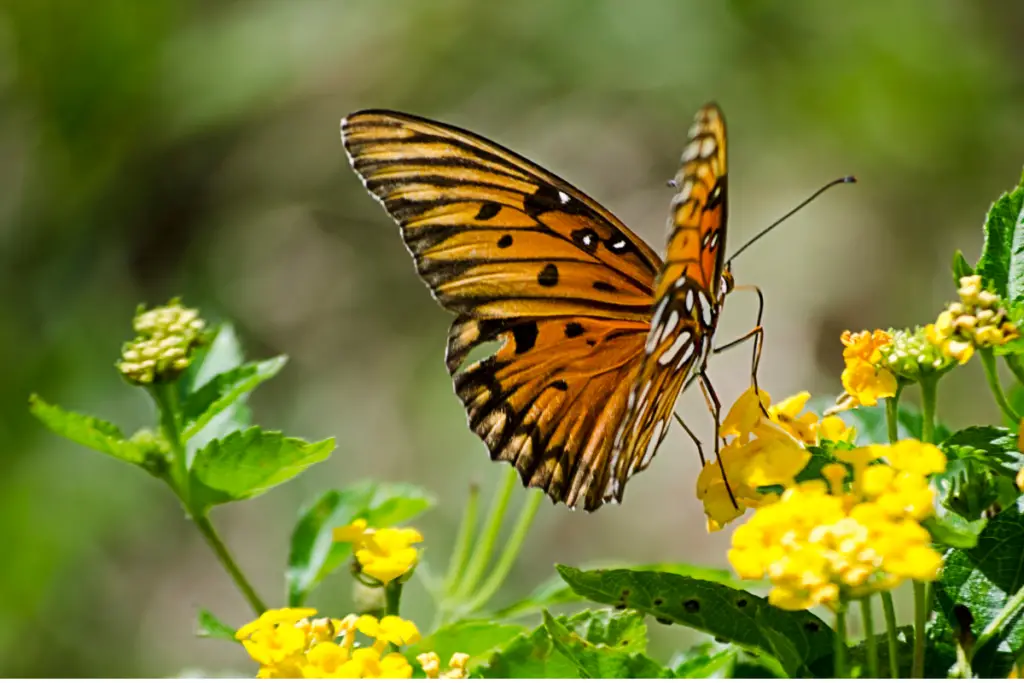
Table of Contents
Do Butterflies Pee?
Butterflies are fascinating creatures that have captured the imagination of people for centuries. One question that often arises is whether or not butterflies pee. The answer is both yes and no.
Butterflies do not have kidneys or a bladder, which means they do not produce urine as mammals do.
However, they do have a way of getting rid of excess liquid in their bodies. When a butterfly consumes more liquid than it needs, it can release the excess through a tiny hole underneath its abdomen.
This liquid is not urine, but rather a mixture of other fluids that the butterfly has ingested.
The fluid that butterflies release varies in color and consistency. It can be clear or muddy and cloudy.
The liquids that the butterfly feeds on, the duration of feeding, and its digestive processes will determine what the droplets will be like.
Butterflies can also spray out the excess liquid that their body doesn’t require through the same tiny hole underneath their abdomen.
Interestingly, butterflies do not urinate or defecate as adult butterflies. The larval life stage, the caterpillar, does all of the eating, and caterpillars almost continually defecate.
When there are enough caterpillars eating in the same place, their defecation is audible. That is, you can hear the poop!
In conclusion, butterflies do not pee in the same way that mammals do. They do have a way of getting rid of excess liquid in their bodies, but it is not urine.
Instead, they release a mixture of other fluids that they have ingested. Caterpillars, on the other hand, defecate almost continually.
Butterfly Anatomy
Butterflies are fascinating insects that have evolved unique anatomical features to help them survive and thrive in their environment.
Understanding their anatomy is essential to understanding how they function and interact with their surroundings.
Digestive System
The digestive system of a butterfly is relatively simple compared to other animals. Butterflies have a long, narrow tube-like structure called a proboscis that they use to suck up nectar from flowers.
The proboscis is made up of two halves that are fused together and can be uncoiled to reach deep into flowers.
Once the nectar is ingested, it travels down the proboscis and into the butterfly’s stomach, also known as the crop.
The crop is a sac-like structure that stores the nectar until it is ready to be digested. Butterflies lack teeth and a true stomach, so the nectar is broken down by enzymes in the crop.
The digested nectar then moves into the midgut, where it is absorbed into the butterfly’s body.
The midgut is also responsible for absorbing nutrients from other food sources, such as fruit and tree sap, that butterflies occasionally consume.
Any waste products that are produced during digestion are excreted through the butterfly’s Malpighian tubules, which function similarly to kidneys in mammals.
The Malpighian tubules filter waste products from the blood and deposit them into the butterfly’s hindgut. The hindgut is responsible for storing and eliminating waste products from the body.
Overall, the digestive system of a butterfly is adapted to its diet of nectar and other sugary fluids.
The proboscis, crop, midgut, Malpighian tubules, and hindgut all work together to ensure that the butterfly can efficiently extract nutrients from its food and eliminate waste products from its body.
Excretion in Butterflies
Butterflies have a unique way of excreting waste products from their bodies. Unlike mammals, they do not have kidneys or a bladder to produce urine.
Instead, butterflies excrete solid waste as frass, which are droppings.
Malpighian Tubules
Butterflies have a coiled or spiraled tube known as the Malpighian tubule system, which filters waste products from their blood.
The Malpighian tubules are located in the butterfly’s abdomen and are responsible for removing nitrogenous waste products, such as ammonia and urea, from their blood.
These waste products are then excreted as frass.
Puddling Behavior
Butterflies also have a unique behavior known as puddling, which is when they gather around moist areas, such as mud puddles or damp soil.
Puddling behavior is more commonly observed in male butterflies, who require additional nutrients to produce sperm.
During puddling, butterflies drink water and absorb minerals and nutrients, such as sodium and amino acids, from the moist soil.
The excess liquid that their body does not require is then sprayed out through a tiny hole underneath their abdomen. This behavior is often mistaken for peeing, but it is not urine.
In conclusion, butterflies do not pee in the traditional sense, but they do excrete waste products as frass and can release excess liquid through puddling behavior.
The Malpighian tubule system is responsible for filtering waste products from their blood and excreting them as frass.
Conclusion
In summary, butterflies do not pee in the same way as mammals. They do not have kidneys or a bladder to filter and concentrate urine.
Instead, they have a specialized system of tubes called the Malpighian tubule system, which filters waste products from their blood.
Butterflies excrete solid waste as frass or droppings, rather than pee.
While butterflies do not produce urine, they do release excess liquid through a tiny hole underneath their abdomen.
This excess liquid is not urine, but rather a mixture of excess water and other waste products. When butterflies consume more liquid than they need, they can release this excess through this hole.
It is also interesting to note that butterflies defecate almost continually during their larval stage as caterpillars.
When there are enough caterpillars eating in the same place, their defecation can even be audible.
Overall, while the question of whether butterflies pee may seem silly, it is a fascinating topic that highlights the unique biological processes of these beautiful insects.
- How to Build a Planter Box for Bamboo: A Step-by-Step Guide

- Can Robotic Lawnmowers Handle Steep Slopes?

- Do You Need a Specific Lawn for a Robotic Lawnmower? Expert Advice

- Are Robotic Lawnmowers Safe for Pets and Children? Safety Features of Robotic Lawnmowers

- Why Use Robotic Lawnmowers? Advantages of Using a Robotic Lawnmower

- Is the GARDENA SILENO City 300 Cordless or Corded? A Clear Answer









